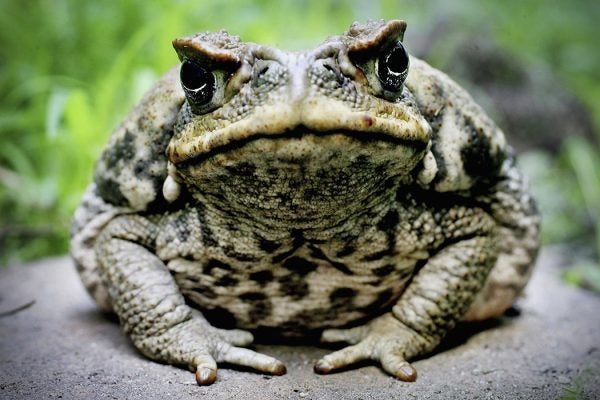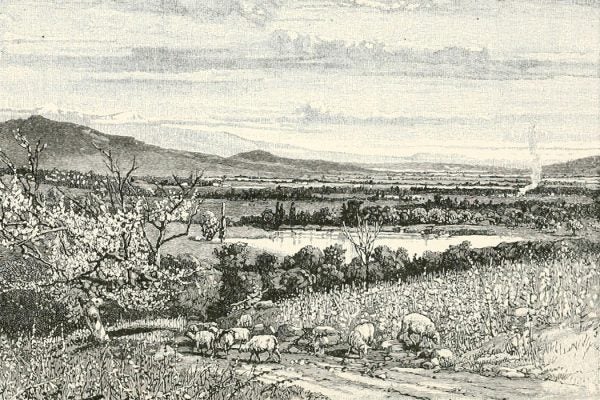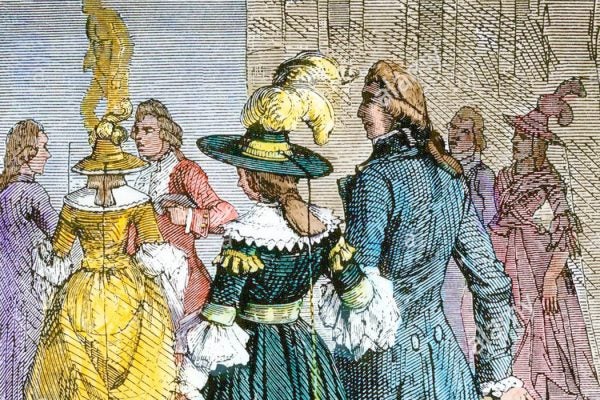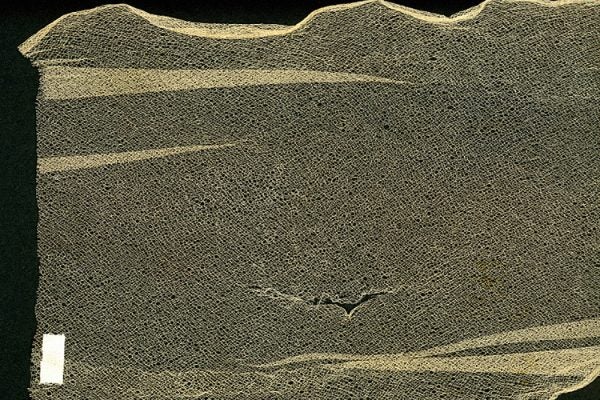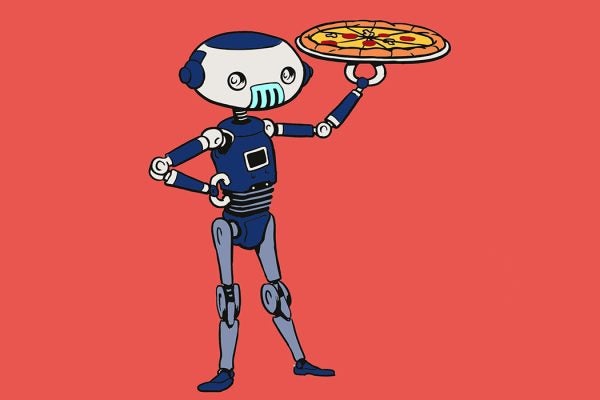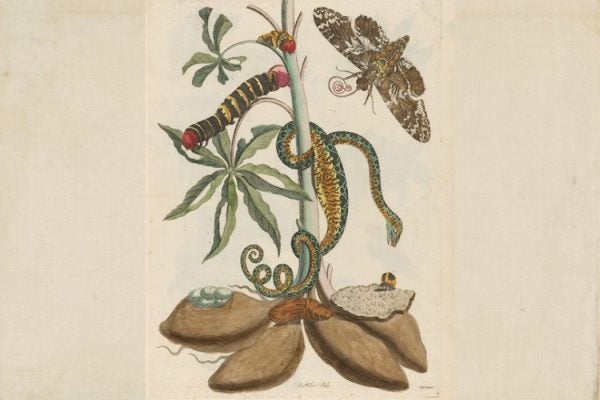Cane Toads, Dung Beetles, and Cork Hats
Predicting the effects of introducing a species into an ecosystem is difficult. Mitigating those effects later is even more so. Just ask Australia.
Plant of the Month: White Sage
An important part of Indigenous spirituality and identity, the aromatic evergreen shrub is being threatened by poachers and over-commercialization.
Pearl Jam
In the twentieth century, the mollusk-produced gem was a must have for members of WASP gentility. In the twenty-first century, its appeal is far more inclusive.
Electrical Fashions
From the light-bulb dress to galvanic belts, electrified clothing offered a way to experience and conquer a mysterious and vigorous force.
Trouvelot’s Total Lunar Eclipse
Immigrant artist Étienne Léopold Trouvelot used his skills to accurately represent the details—and the sublimity—of our solar system.
Lacebark as a Symbol of Resilience
For the enslaved people of Jamaica, the lacebark tree was a valuable natural resource and a means of asserting one's dignity.
Can a Robot Become a Pizza Chef?
Tracking the accomplishments of RoDyMan in a valiant attempt to make a pizza.
Plant of the Month: Cassava
Cassava can grow in hot climates with little rainfall. It may be the "root crop of the century."
The Real Science of the Multiverse
Explaining some of the mind-bending science behind the popular science fiction trope.
The Cabarets of Heaven and Hell
In 1890s Paris, cabarets in bohemian Montmartre gave visitors a chance to tour the afterlife.
